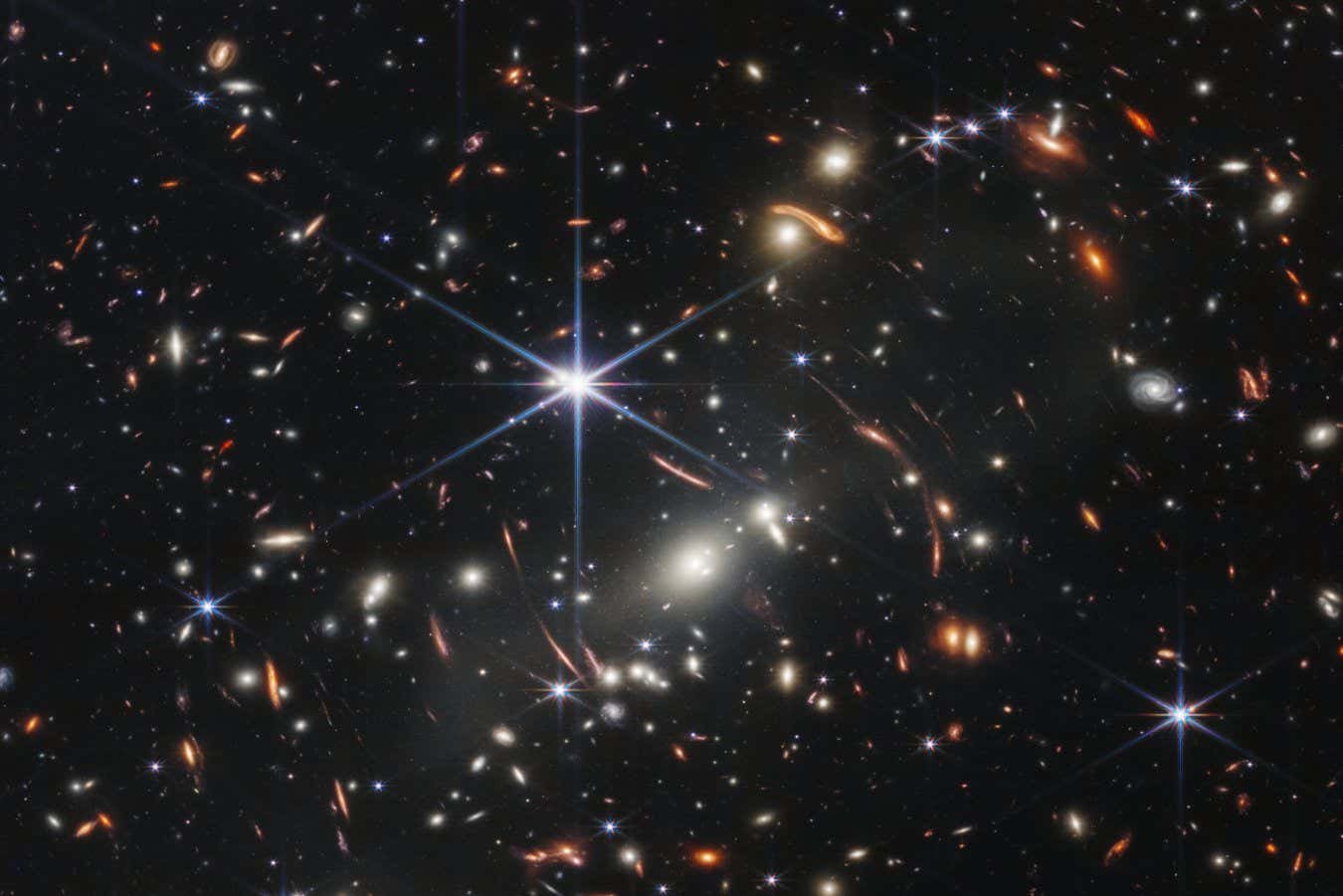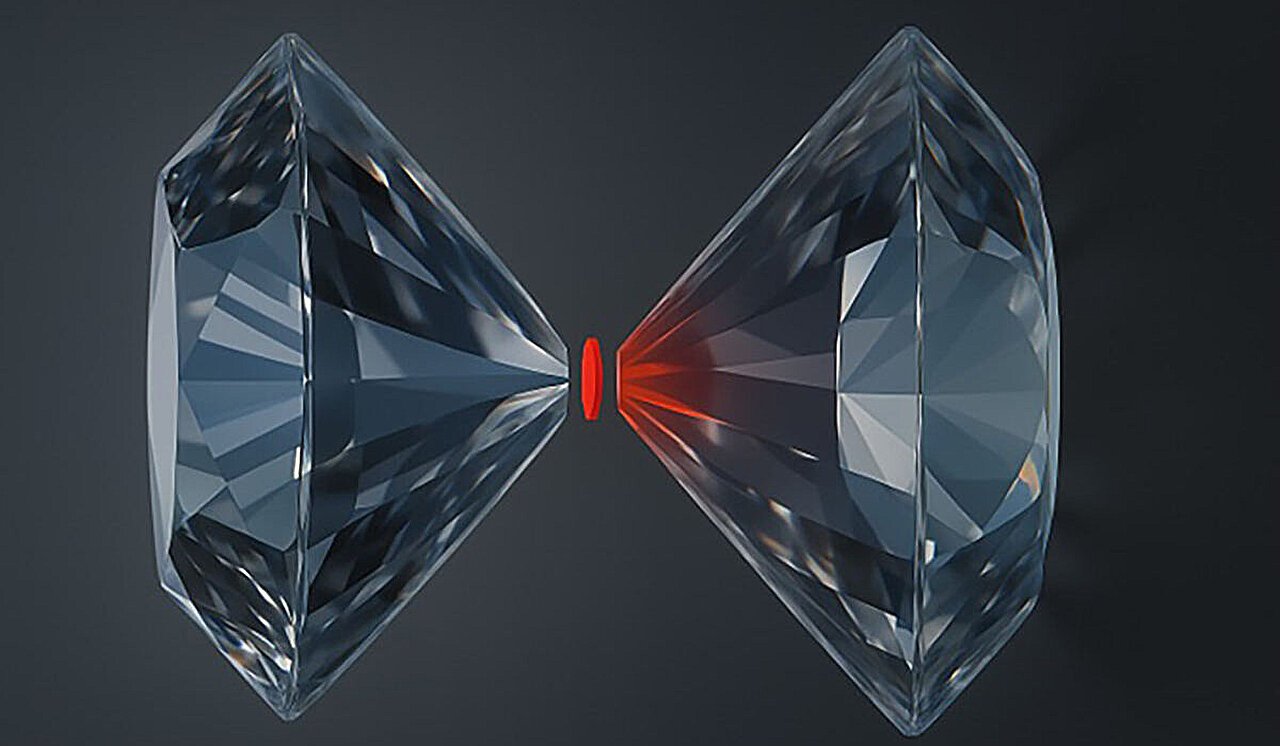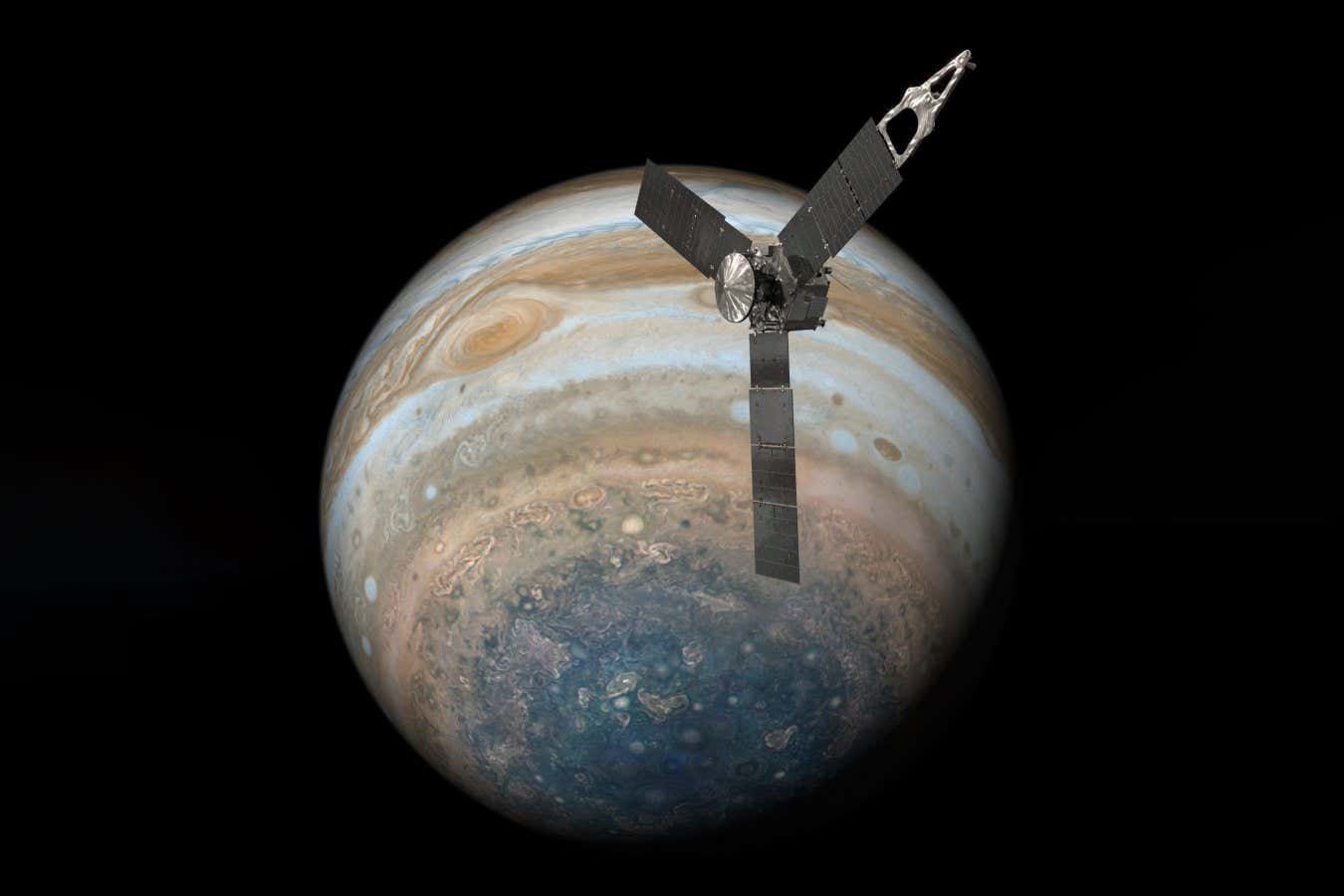
A deep-field image captured by the James Webb Space Telescope containing thousands of distant galaxies
NASA, ESA, CSA, and STScI
Astronomers have confirmed that a distant galaxy spotted by the James Webb Space Telescope (JWST) is the earliest ever seen, giving us a window on galaxy formation when the universe was in its infancy.
Rohan Naidu at the Massachusetts Institute of Technology and his colleagues used JWST to examine a galaxy called MoM-z14, which was first spotted in 2023.
Since it launched in 2021, JWST has detected galaxies further and further back in time. It can make a rough estimate of how far light has travelled from them to us by taking a quick snapshot of the galaxy, a process called photometry. To confirm the exact distance to a galaxy, researchers must use spectroscopy to split the light into its component parts.
Using this technique, Naidu and his colleagues confirmed MoM-z14 is the most distant galaxy yet. The light we see now was emitted just 280 million years after the big bang, breaking the previous record by about 10 million years.
The brightness of MoM-z14 indicates its mass is similar to the Large Magellanic Cloud, a satellite dwarf galaxy of the Milky Way that is one-tenth as massive as our galaxy. JWST was also able to spy nitrogen, carbon, oxygen and other elements in the galaxy, hinting at multiple generations of stars.
“It’s pretty exciting,” says Charlotte Mason at the University of Copenhagen, Denmark, who wasn’t involved in the study. “It confirms that there really are these very bright galaxies in the early universe.”
The continual discovery of bright galaxies so early in the universe points to a much higher abundance of galaxies after the big bang – at least 100 times more – than was expected before JWST launched.
“There must be some type of physics that we’re missing in how galaxies form,” says Mason, such as hungry black holes powering star formation in these galaxies.
Topics:




